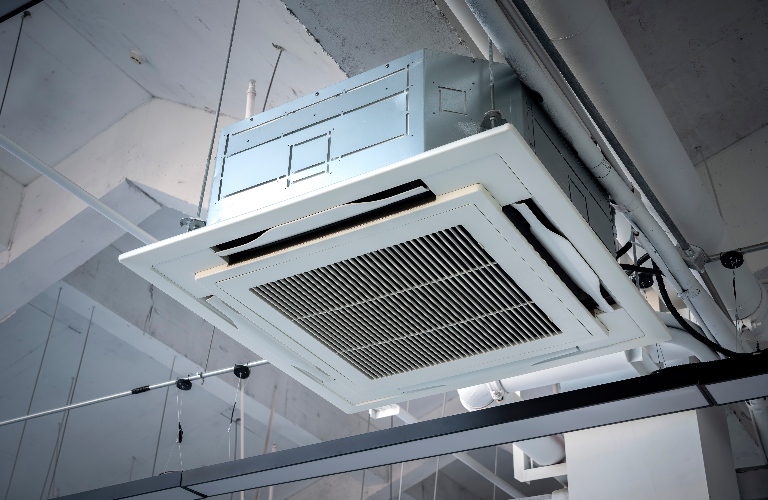Connecticut is a state of deep forests and bustling metropolitan areas. Despite its modest size, it has a lot of variety, in property types and climate. Its proximity to the ocean moderates temperature fluctuations but also adds moisture to the air that can make summer heat oppressively humid.
Homeowners considering installing central air conditioning in Connecticut are faced with lots of options, making it important to have an honest discussion of your home’s systems with an experienced renovator or HVAC professional.
Things to Consider Before Installing Central Air
Connecticut’s housing stock is among the oldest in the country, averaging 55-60 years old. Most are 1,800 square feet, but size has been edging upward. An air conditioning system should be sized appropriately for your needs.
A professional air conditioning installer will evaluate your home to help you determine the best air conditioning system options. They will also review the entire structure and suggest alterations that will make the most of your budget, such as:
- Adding insulation to retain the cool air,
- Sealing window frames and doors,
- Taking advantage of existing ductwork.
Cost considerations are an important part of installing central air. If your home has ductwork in place that you intend to use, it should still be tested, cleaned, and repaired to reduce leaks. A qualified HVAC professional can help you make the following decisions based on your usage and budget:
- The size of the system – if a modest system is installed it may not sufficiently cool rooms that are far from the pump.
- A unit’s energy efficiency rating is a significant decision. While Connecticut only requires a SEER rating of 14 for its climate, a rating of 15 might be a better investment in the long run.
- The age and condition of your home’s electrical system can be an issue. Systems that have been upgraded within a few years are best.
Adding Up the Costs of Central Air
Average costs of central air systems in Connecticut start at $6,000 for small homes, but the variables can skew that estimate by many thousands of dollars. Installing central air in an existing home is a major project that can require significant additional work to make it functional, pushing costs above $12,000 for a modest home. Depending on the size, age, and condition of the home, adding insulation, running ductwork, and upgrading the electrical system can cause the cost to balloon to several times that of installing central air in a new home under construction.
If the price tag of a retrofit is shocking, discuss options with your HVAC consultant, and check the Energize Connecticut organization for special offers. Other options for central air in an existing home include ductless mini-splits, which are small independent units that can be programmed to cool individual rooms or areas at specific times of the day and night.

While an energy-efficient, whole-house system can be a big investment, it may be worthwhile if it saves money in the long run over old-fashioned window units. Taking the extra step of installing central air during a major renovation may return your investment when you sell the property, too, as modern buyers expect those amenities.
If your entire heating system is dated, consider a heat pump, which can double as a central air unit. Heat pumps are currently the gold standard in HVAC and should save money over the traditional combination of furnace and air conditioning. They’re good at removing humidity from the air, cooling it more efficiently than most other forms of air conditioning.
Talk to HVAC Professionals About Central Air Conditioning
Consumer advisors always suggest getting several quotes and checking references before committing to a major renovation project like installing central air. If Connecticut’s summer temperatures have you wishing for air conditioning, call Unified Home Solutions for a consultation today. We have over 50 years’ experience installing HVAC and can discuss the options available.


